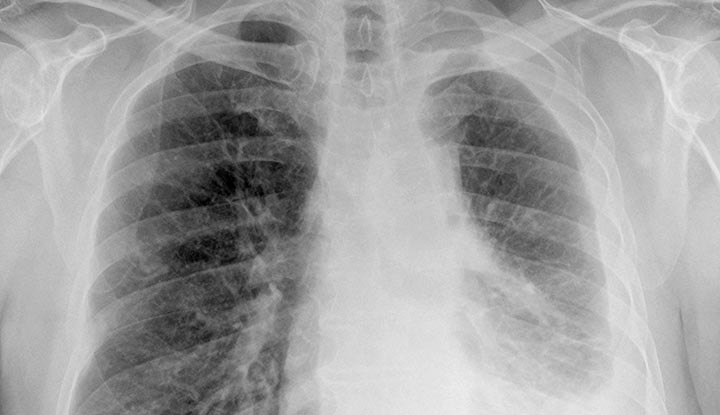Mesothelioma, a type of cancer that affects the thin layer of tissue surrounding your lungs and other vital organs, has been linked to asbestos exposure.
You have probably heard about mesothelioma before, but might not know what it is. Simply put, malignant mesothelioma is a type of lung cancer that affects the thin layer of tissue (mesothelium) covering your internal organs.
Mesothelioma is commonly linked to exposure to asbestos. Asbestos is a collection of strong, heat-resistant minerals whose fibers are woven into fabrics and products including insulation, tiling, roofing and even brake linings. Asbestos was frequently used in such ways following World War II.
Unfortunately, mesothelioma is a dangerous and deadly form of cancer with no cure, so it possess a high mortality rate. Three out of four mesothelioma cases begin in the lung cavity. The average survival after diagnosis is approximately one year, according to the Centers for Disease Control and Prevention (CDC).
“Since this is almost always a fatal disease, there is little curative medicine,” says Dr. Arthur Frank, a leading expert in occupational cancers, including asbestos. “Treatment can be surgery, though not always helpful, chemotherapy, and now immunotherapy. The life span average these days is 18-36 months versus 6-12 (months) years ago.”
Asbestos exposure
Exposure to asbestos has been linked with mesothelioma. Inhaling or swallowing these tiny fibers can be harmful to your lung cells resulting in mesothelioma and/or lung cancer, laryngeal cancer or even ovarian cancer in women.
Certain professions are more at risk to asbestos exposure including construction, milling, demolition, mining, factory workers, firefighters and insulators.
Unfortunately, the latency period between exposure and symptoms can be upwards of 30 or 40 years. More than 45,000 deaths from malignant mesothelioma were reported between 1999-2015, with the majority of cases (approximately 30,000) between 65-84 years old.
Mesothelioma symptoms
As mentioned previously, the amount of time between asbestos exposure and mesothelioma symptoms can be decades. Symptoms include:
- Chest pain
- Shortness of breath
- Fluid in or around lungs
- Difficulty breathing
- Dry or wheezing cough
- Respiratory complications
Consult your physician should you develop these symptoms and explain any potential exposure to asbestos whether through your profession or a profession of someone in your life you’re in contact with.
Should your physician believe you may have mesothelioma, he or she will conduct testing—blood test, fluid and tissue sampling, and imaging testing—to determine whether or not you have mesothelioma.
Mesothelioma treatments
After understanding the variables that may affect your prognosis, including the cancer stage, your general health, age, size of mesothelioma, and amount of fluid in your lungs or chest, there are three main treatment options.
Surgery will attempt to either remove the cancer, part of your lung or entire lung depending on the severity and stage. Patients may also be treated with radiation, which will attempt to kill off the cancer cells and prevent them from growing or spreading. Drug-based chemotherapy can also be utilized to kill the cells and prevent them from dividing.




